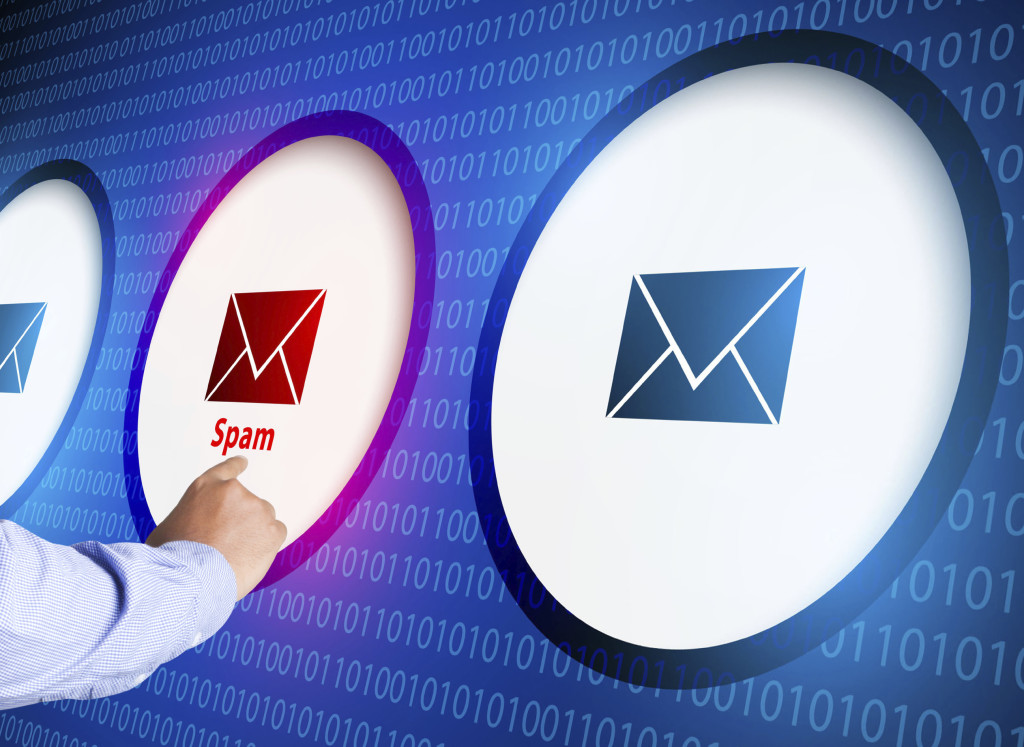Running an insurance company is hard enough without having to deal with the mountain of spam email that clutters up your inbox. Don’t get me wrong, some of it may actually be useful. Offers from companies you’ve previously done business with for example, may send helpful blasts, but the majority of it simply gets in the way of important messages you’re trying to find. Some of it isn’t simply useless, it can be dangerous. Behind that email telling you you’ve won a gift card you never applied for can lurk some very dangerous viruses. If they get into your system they have the capacity to harm your device, disrupt your business and potentially spread to the other people in your address book.
So what can help?
Unsubscribe
Yes, it’s time consuming and tedious, but it’s also worth it. Unsubscribing is one of the easiest ways to cut down the amount of junk in your inbox – and in a recent survey, over half of people hadn’t taken this simple step.
Most marketing emails you receive will have an option somewhere in them to be taken off the mailing list with an ‘unsubscribe’ or ‘remove me’ button. This usually takes you to an external website where they tell you how sorry they are to see you go – while you’re there, make sure you unsubscribe from all their services, not just email. That stops them from giving your details to a partner firm and having the whole thing start again.
Use a Spam Filter
Again, this is an easy step that a lot of people don’t take. There should be a spam filter in your antivirus package, but to make sure you can always invest in a separate highly rated one like SPAMfighter or Mailware Pro. They’re not expensive, both of these come in at under $30, and they are worth the money and time it takes to install them.
After setting up a spam filter, make sure you whitelist all your important addresses to allow them access to your main inbox. You don’t want to miss something important because it’s been diverted to your junk box. This can be done by your IT department
Education
Have sessions as a part of your regular training programs on how to be safe online and spot potentially dangerous emails. Sometimes, employees can click on malicious links or attachments without intending to and it can infect your entire IT system. Simple actions like immediately turning off your machine and informing IT if you think something is malicious can save you time and money – you can’t sell insurance if your network is down. IT will be able to isolate the device, scan it for threats and resolve any issues.
Make sure your IT department has sent a list of approved software to your workers and make sure that no other is downloaded because this could open a backdoor on their machines that let hackers in who can use your device as a botnet to send spam out to other companies.

